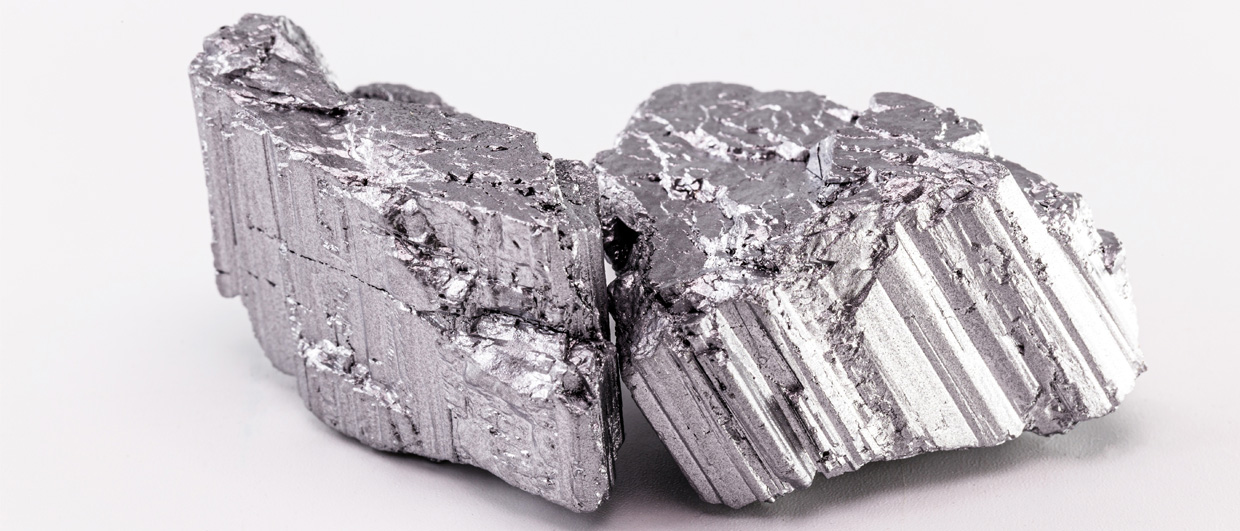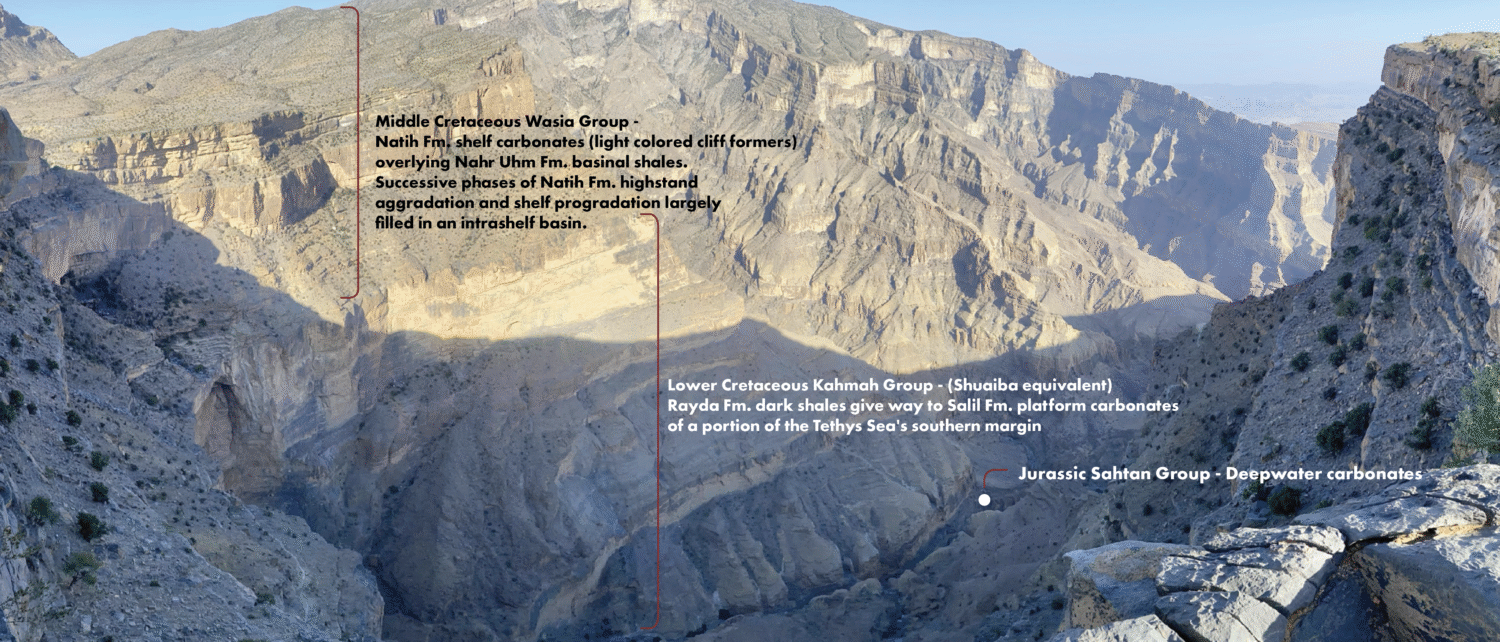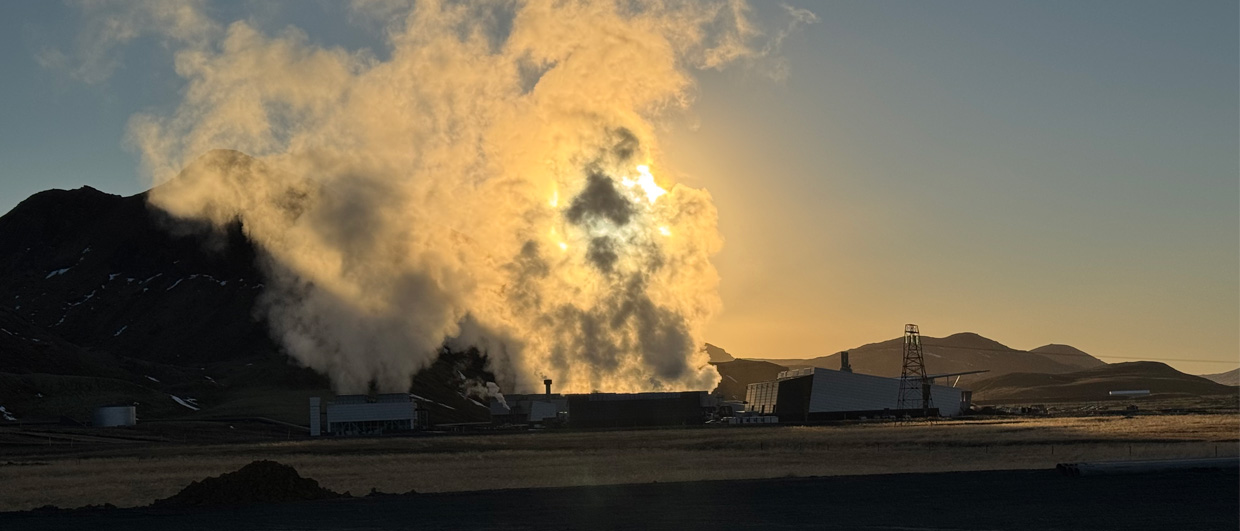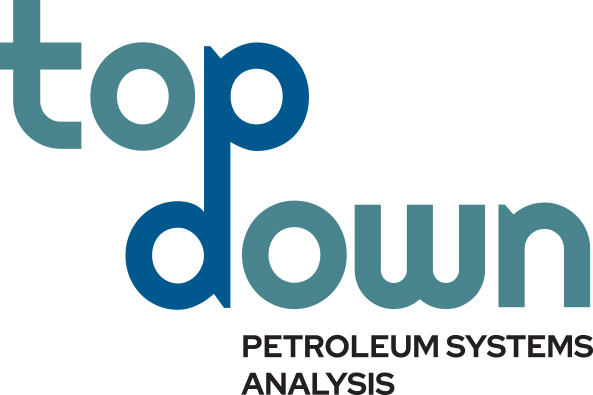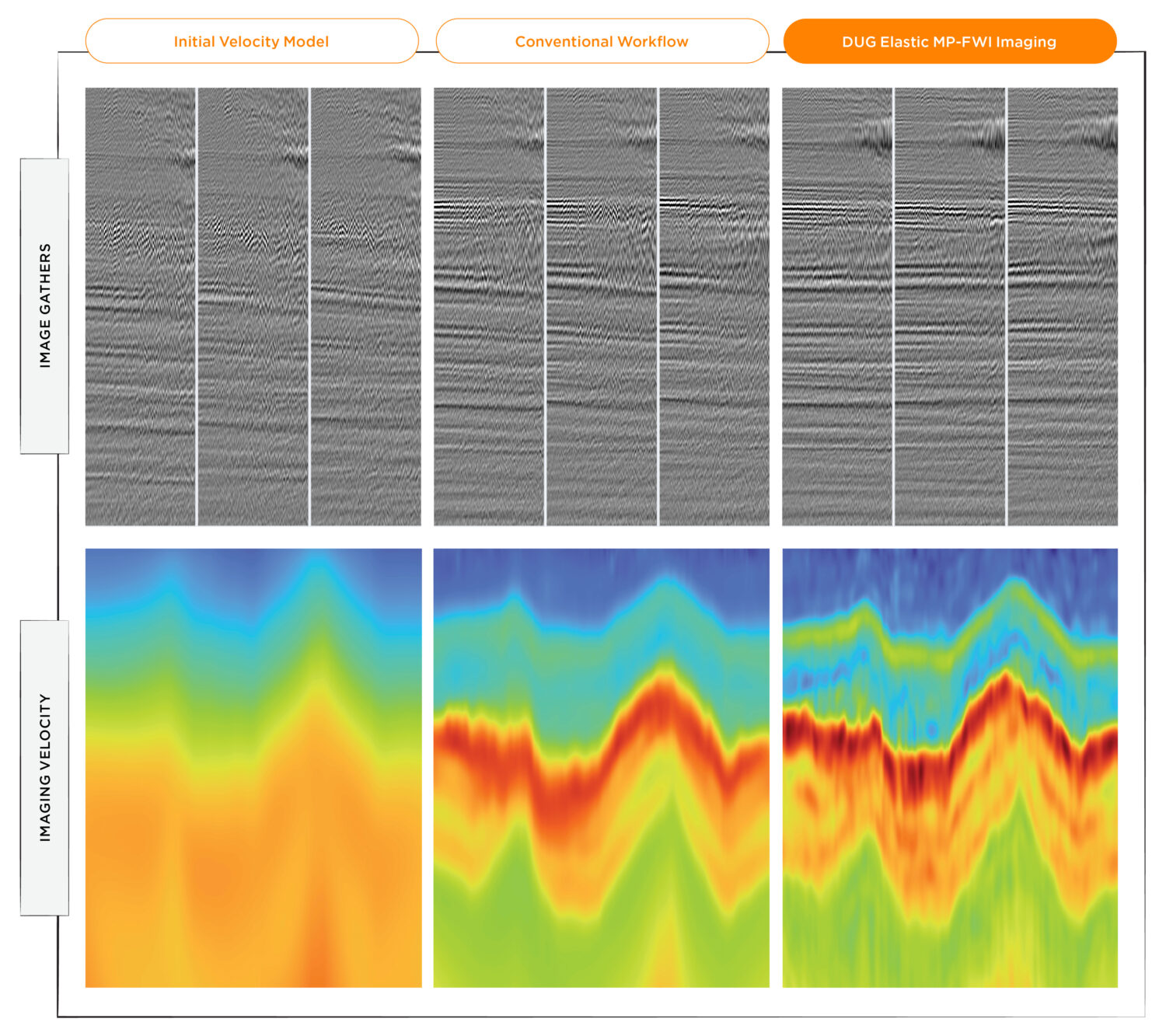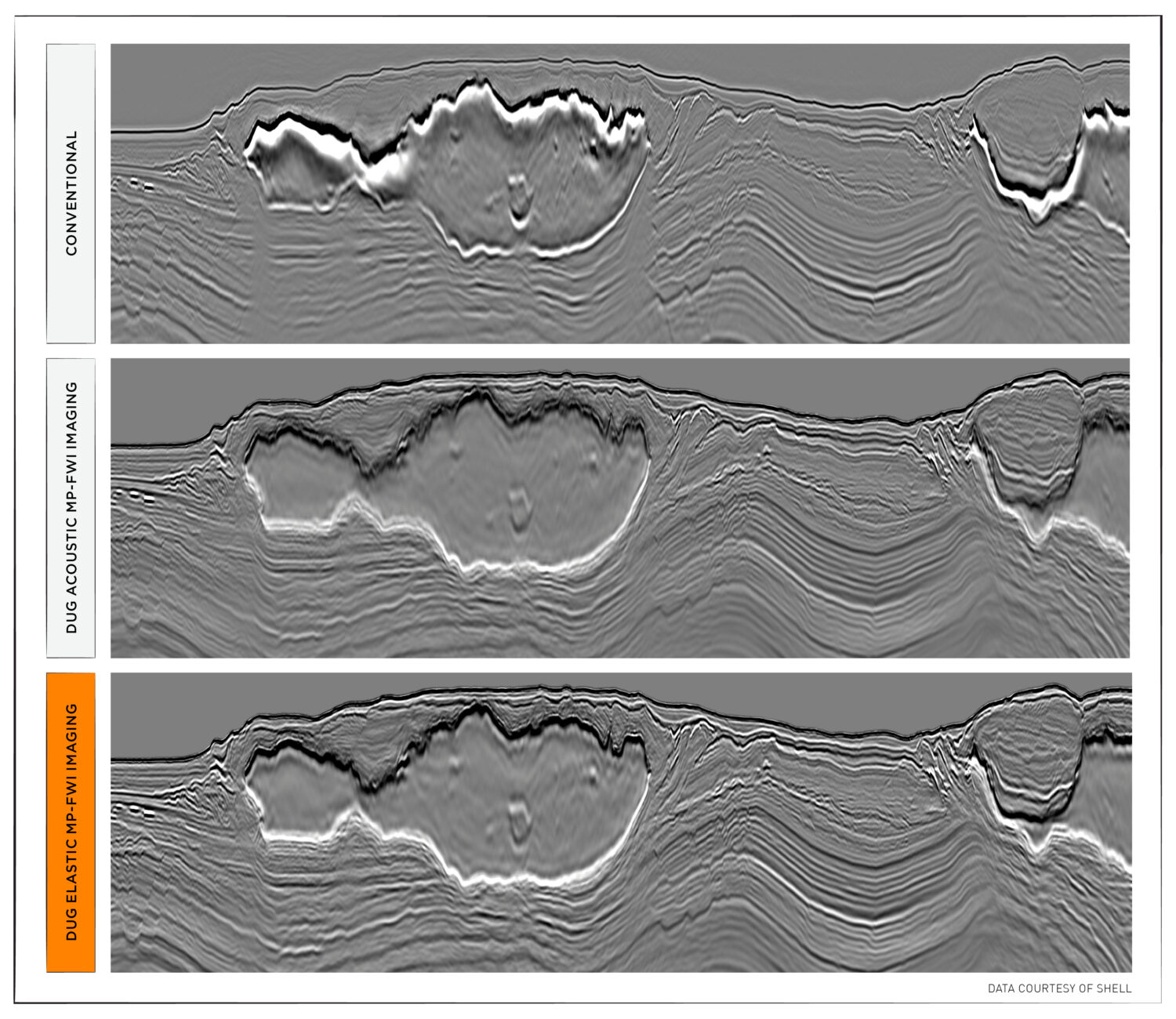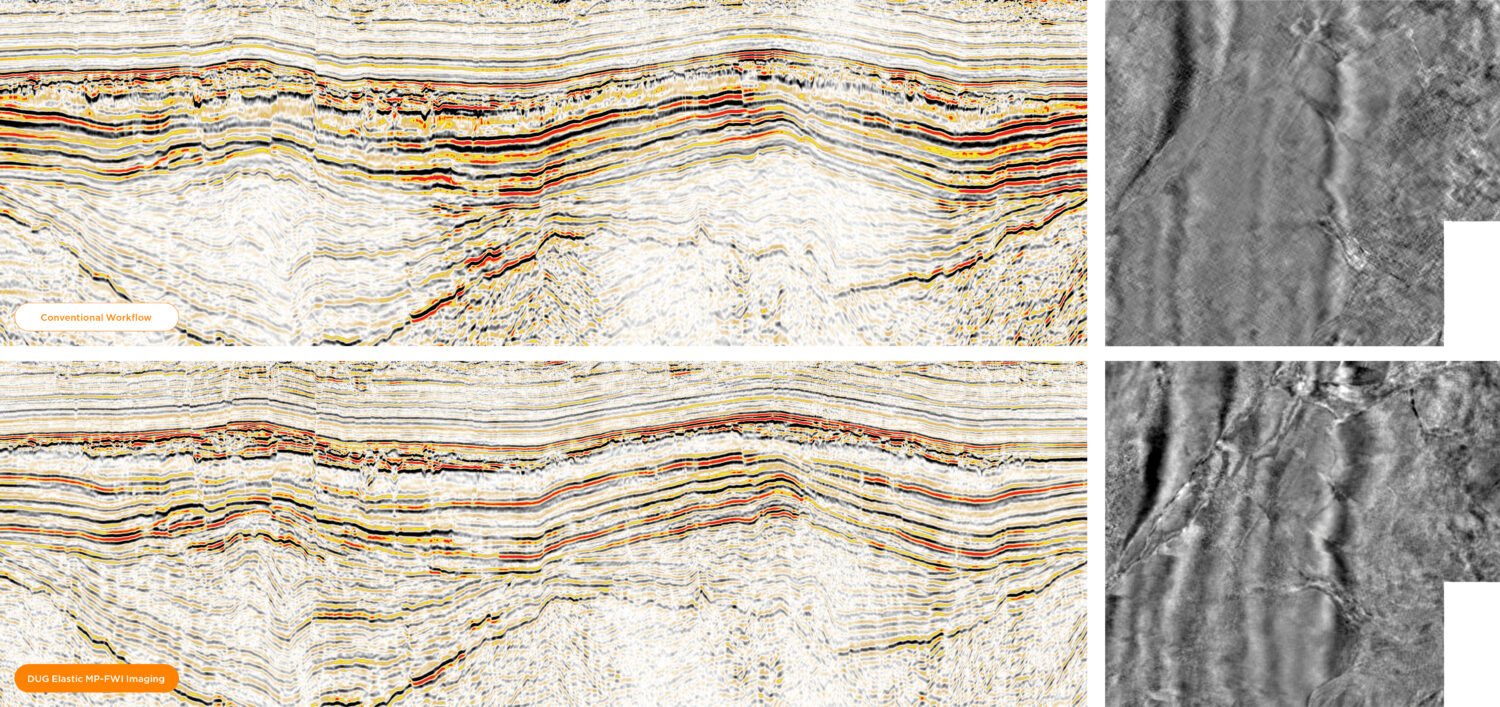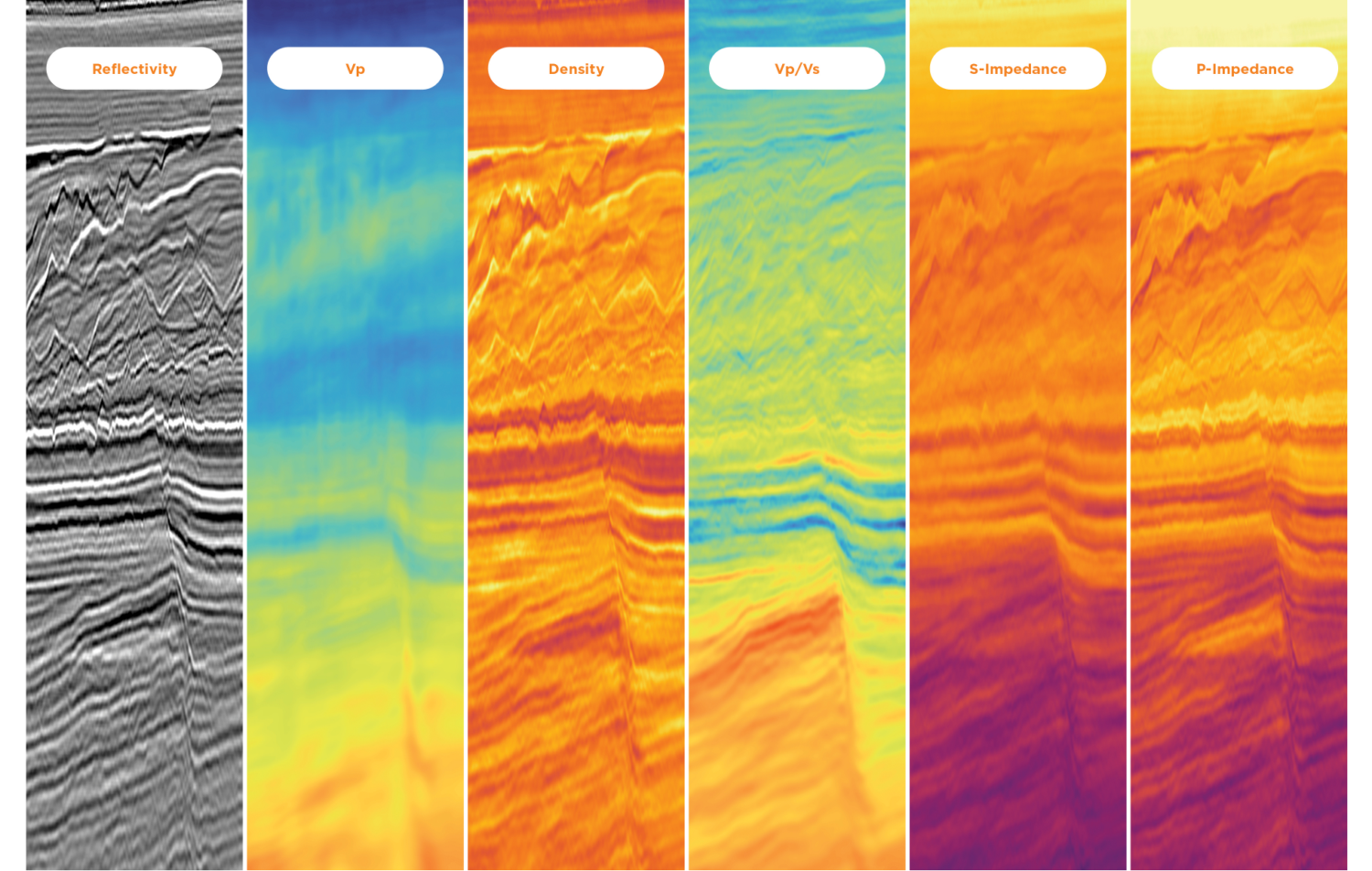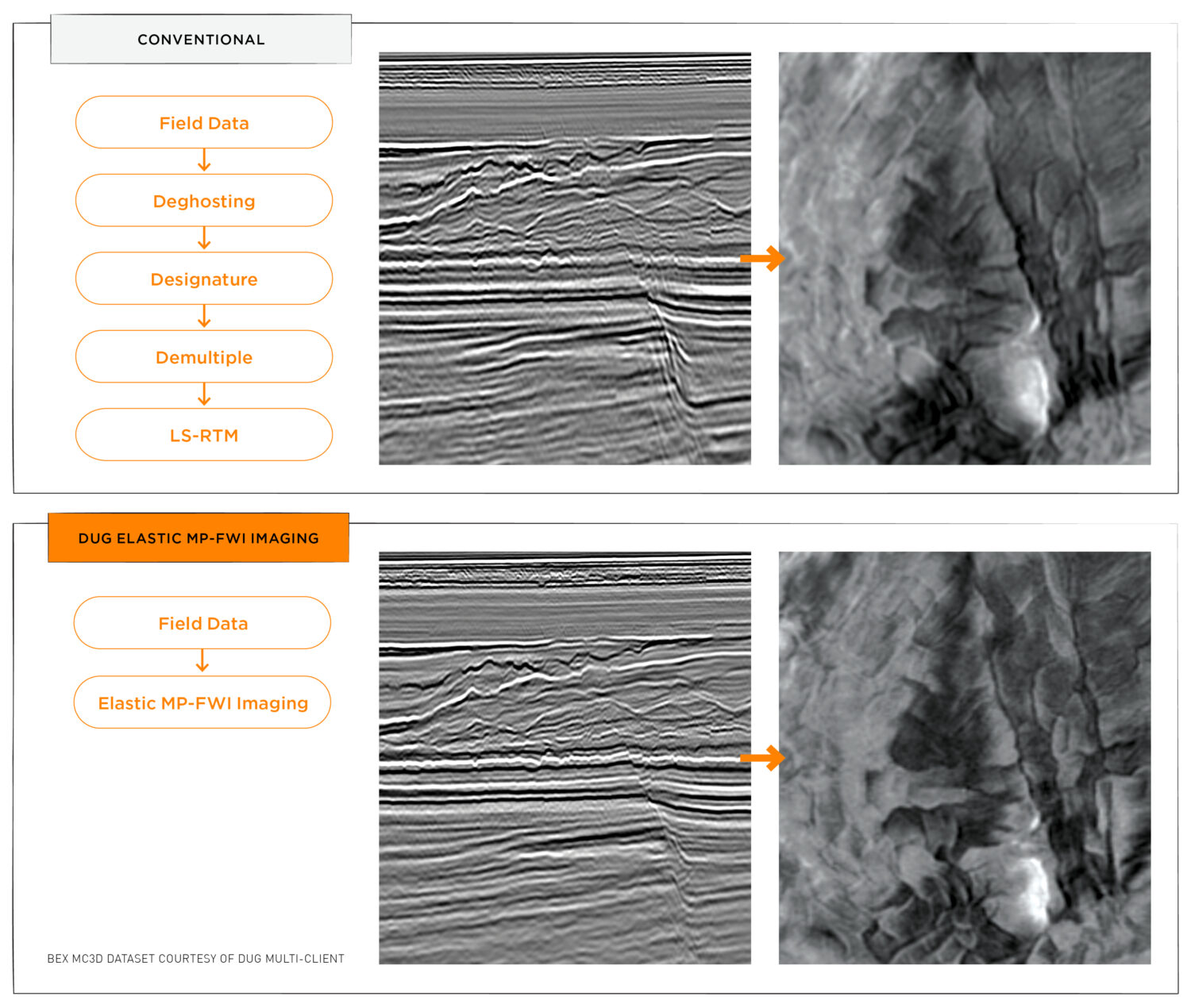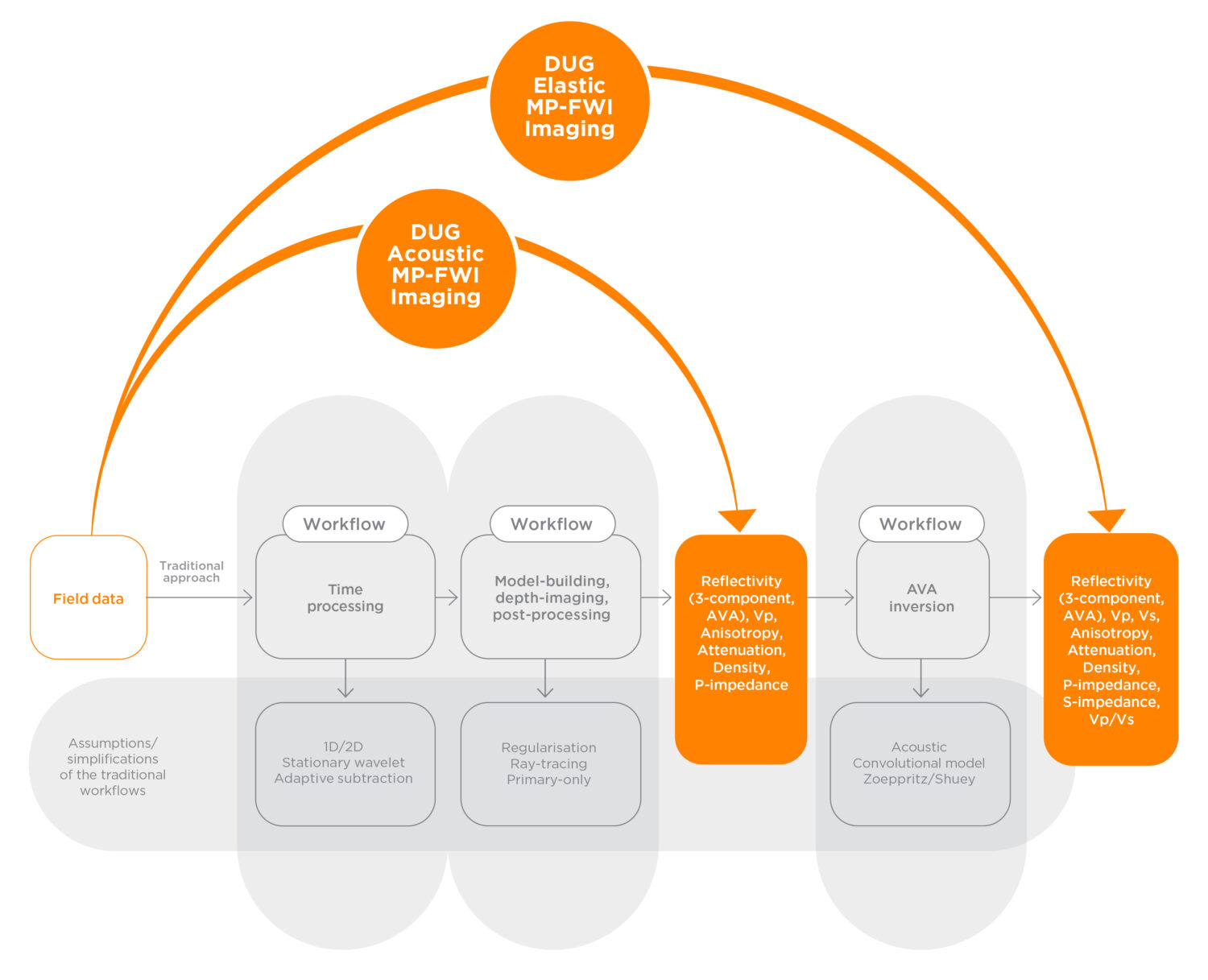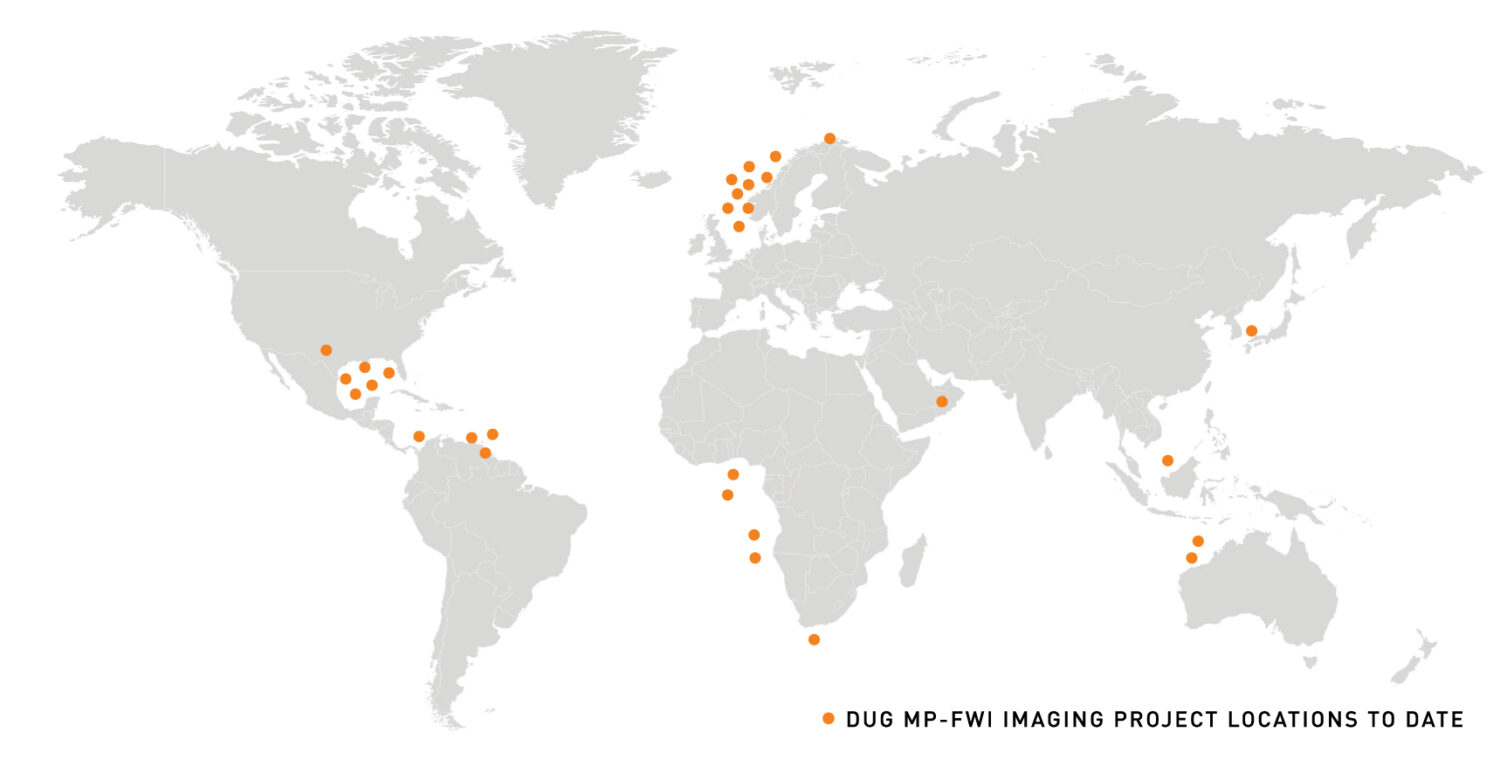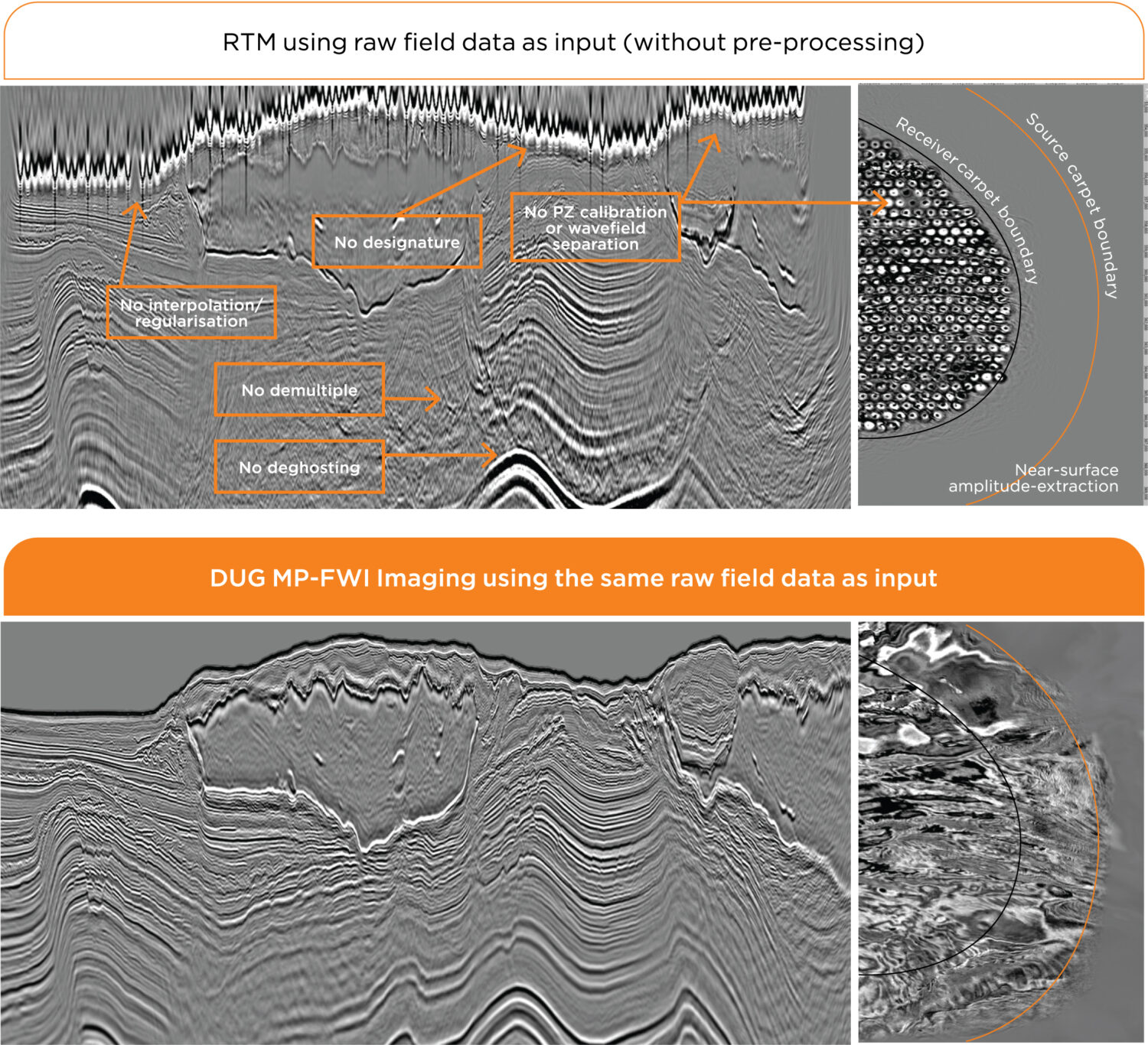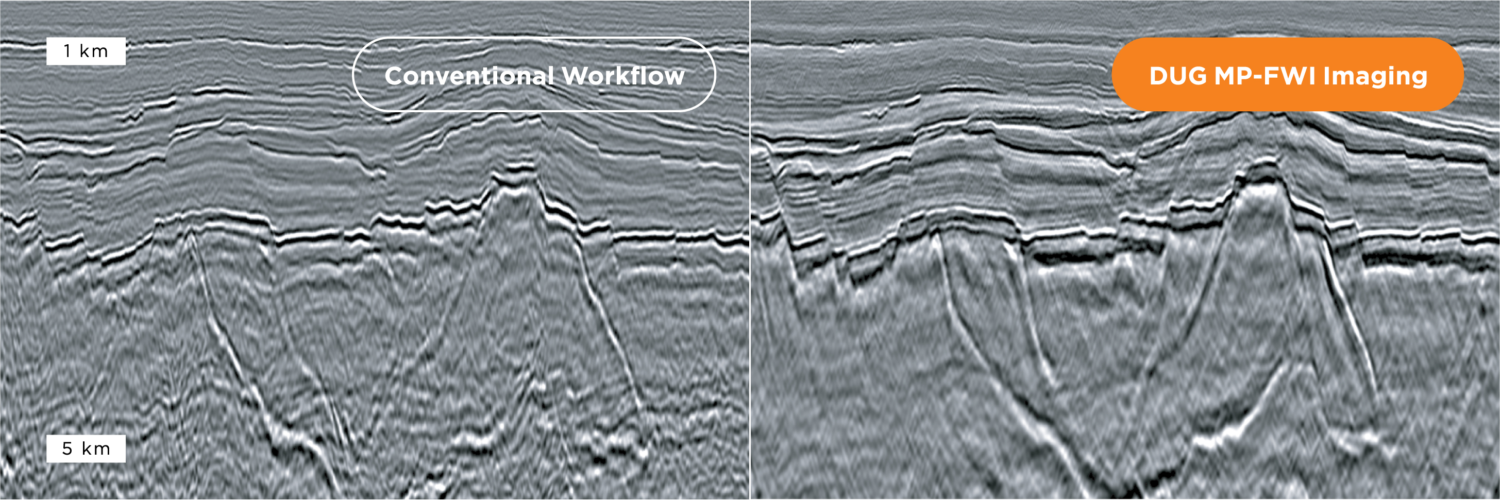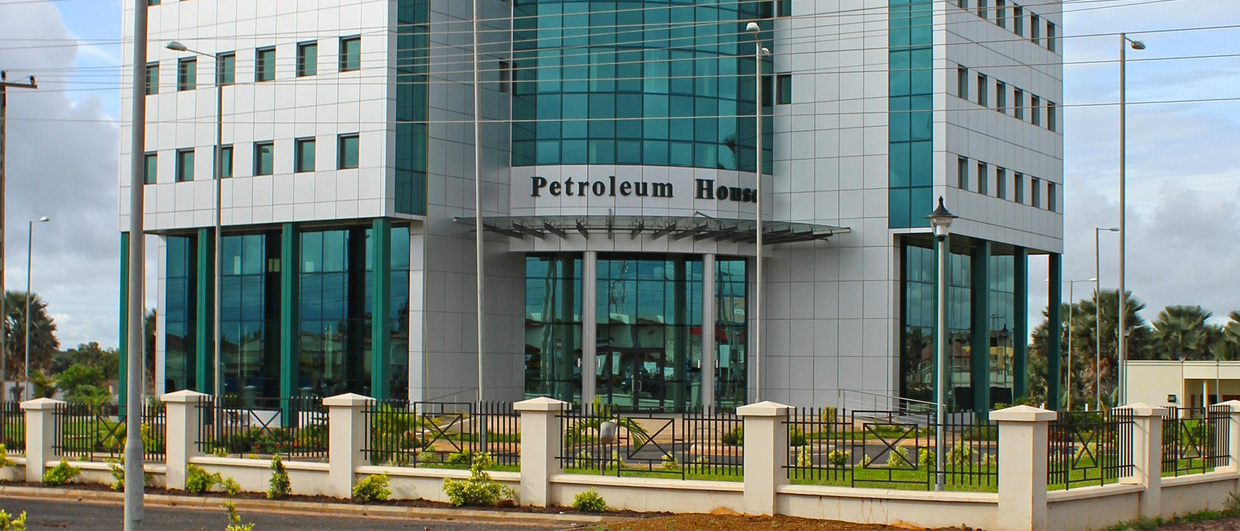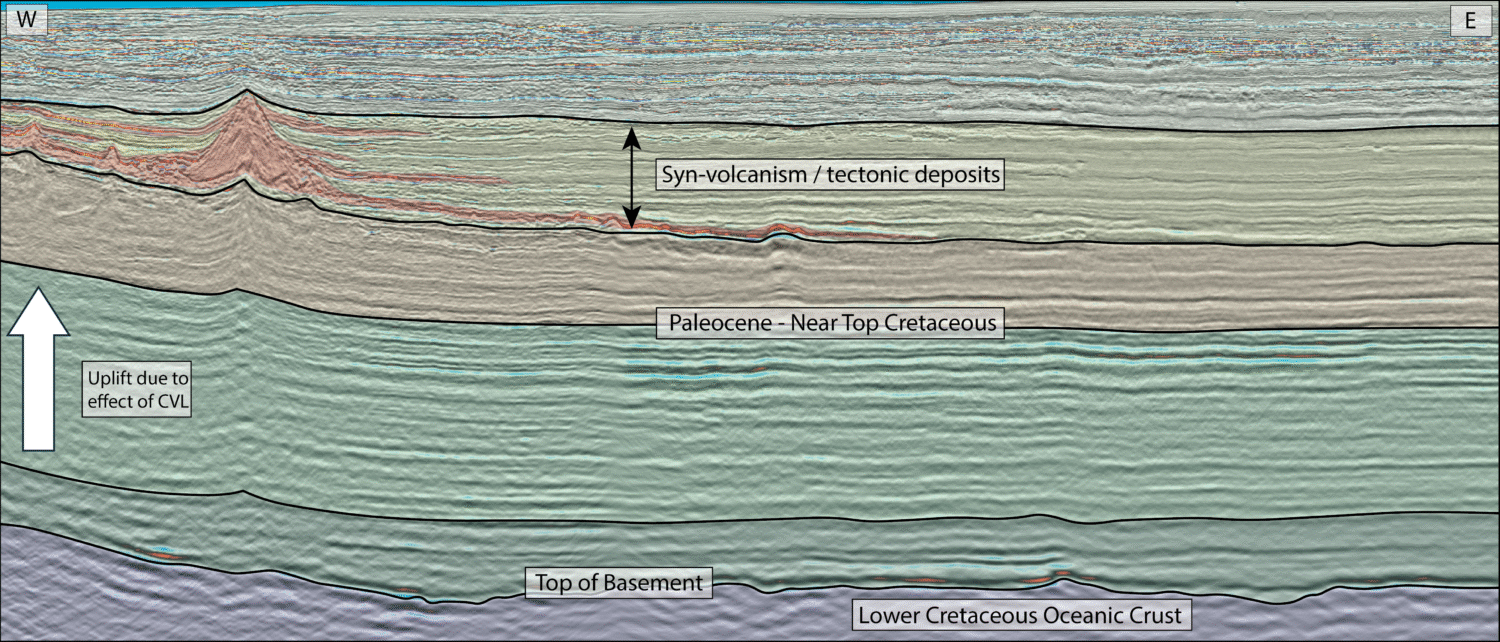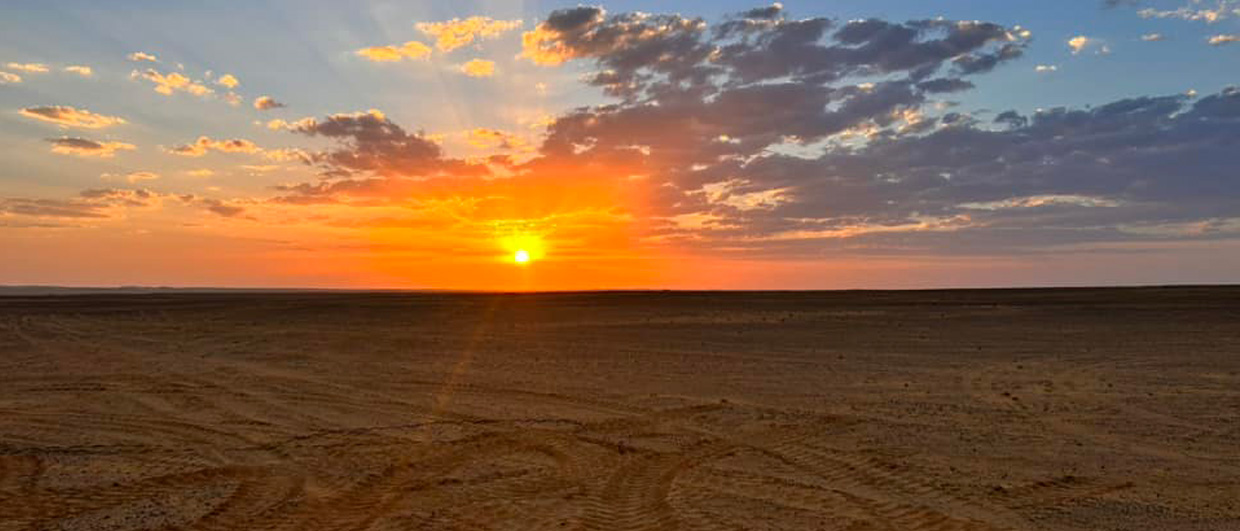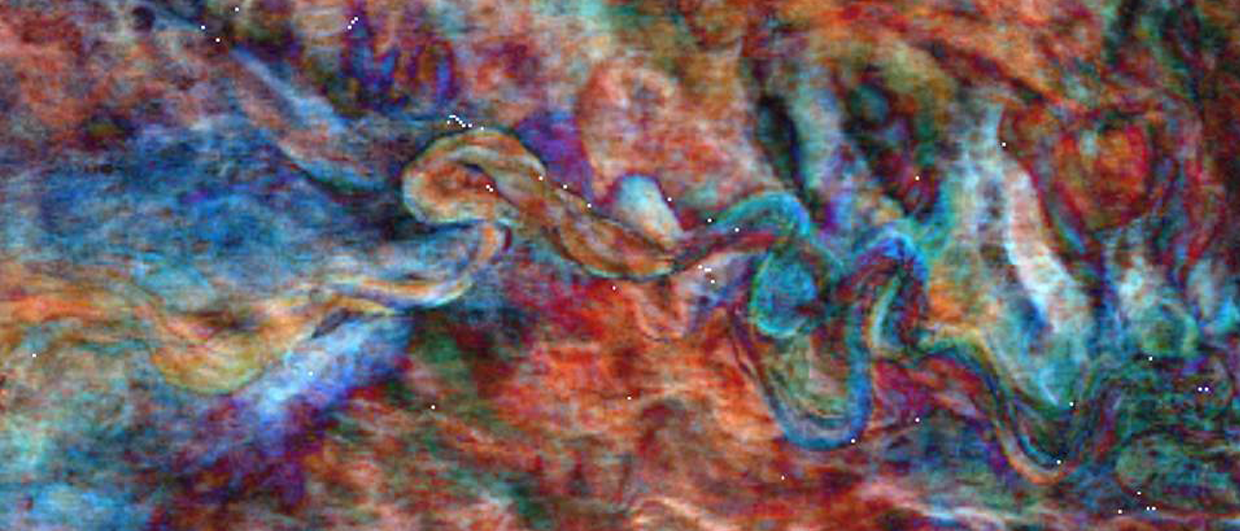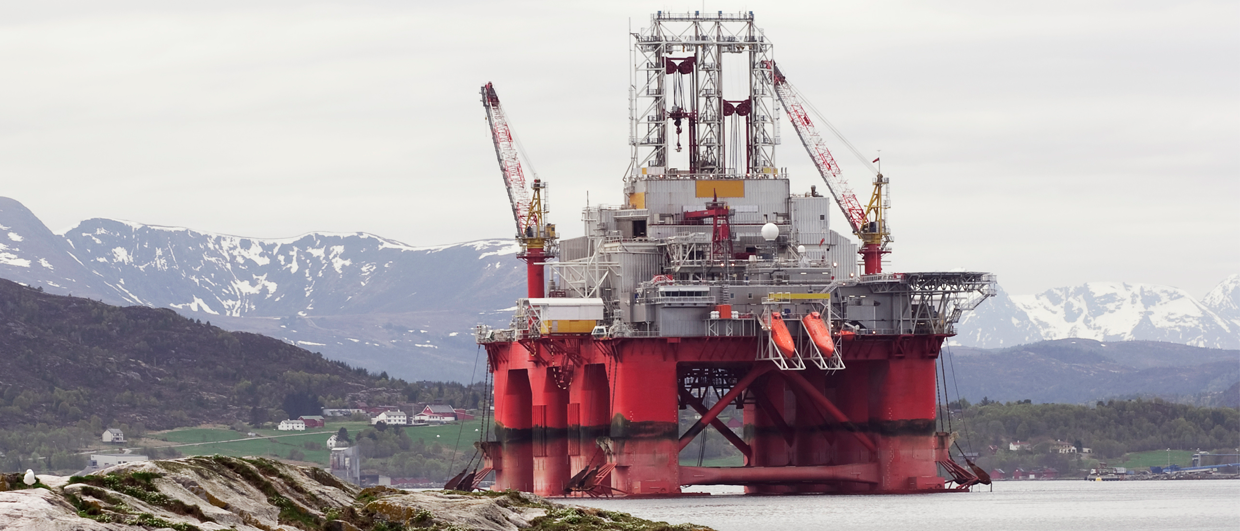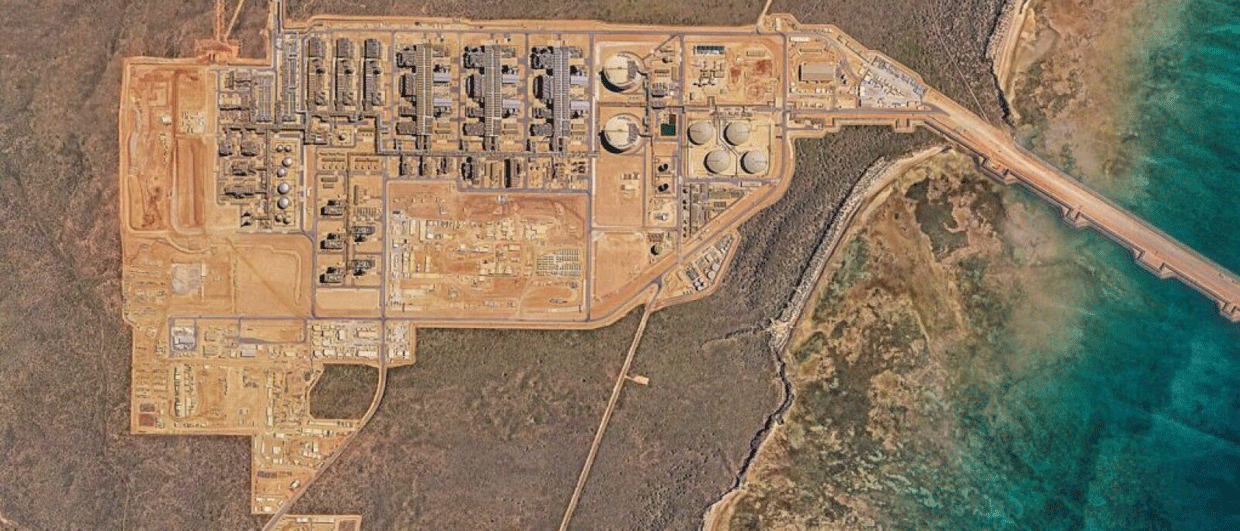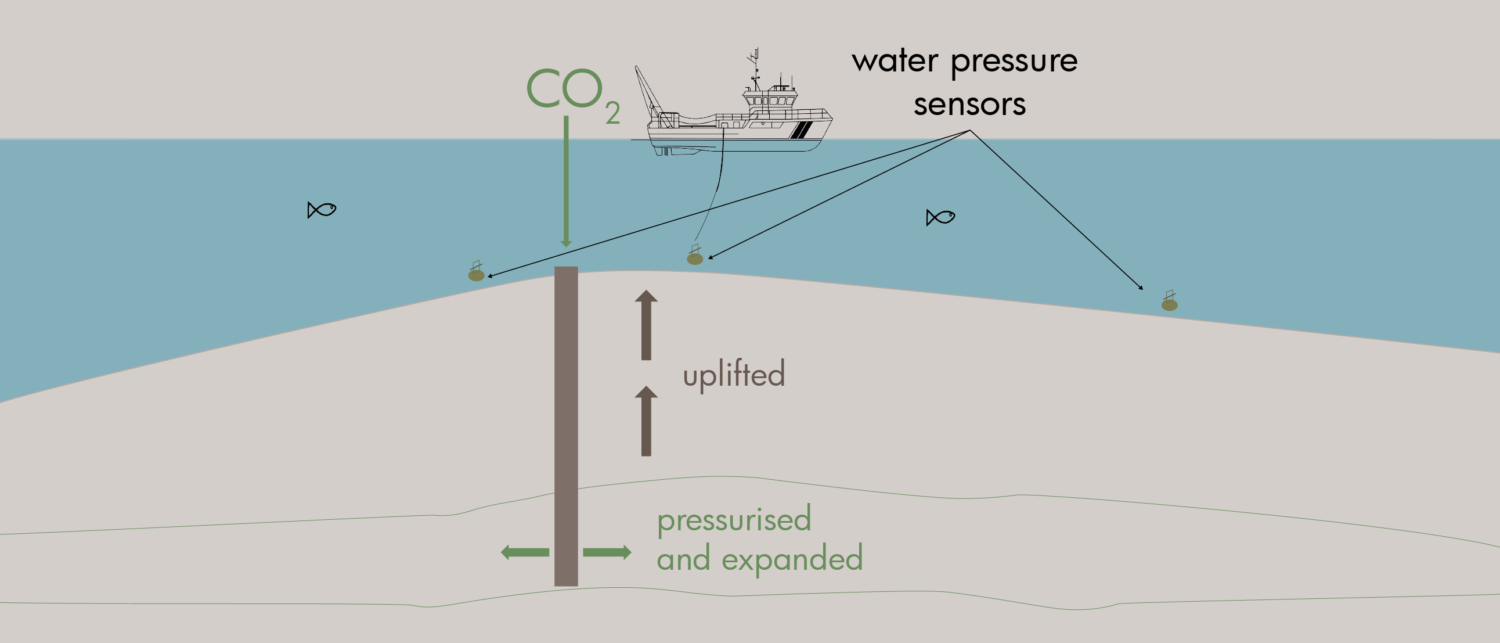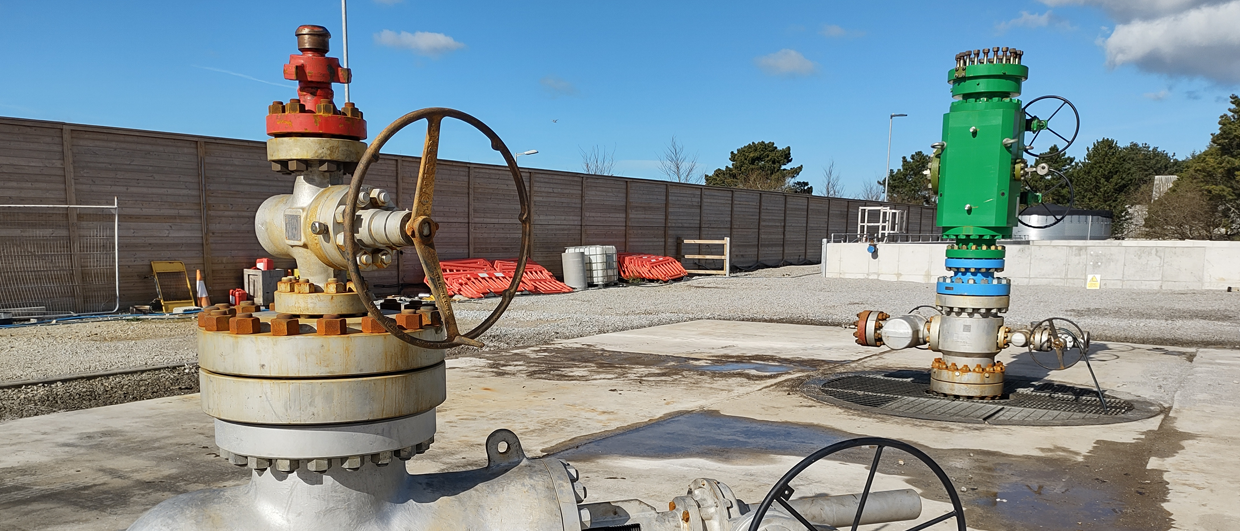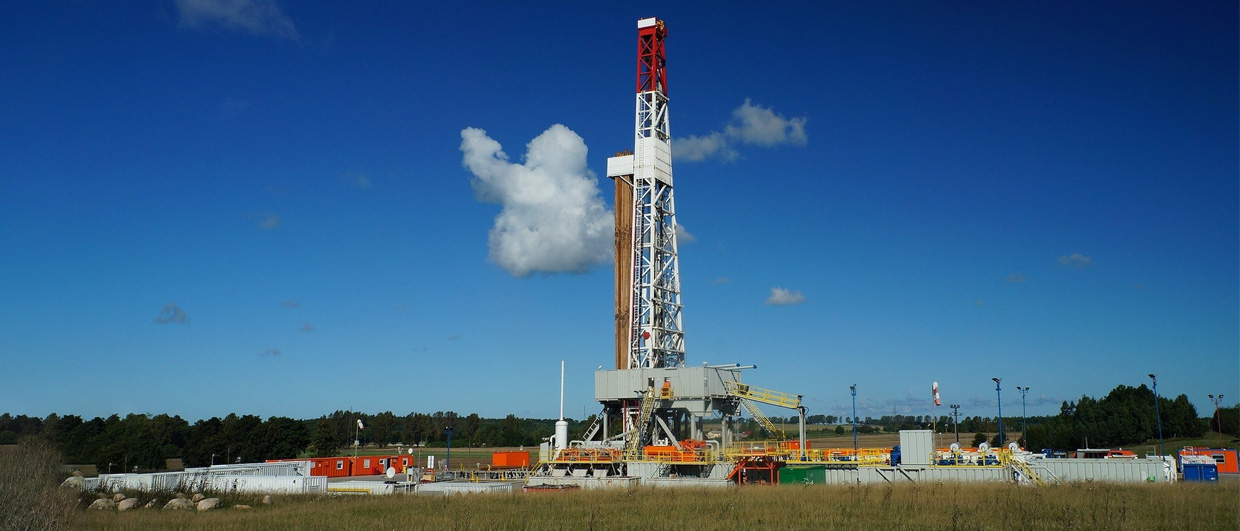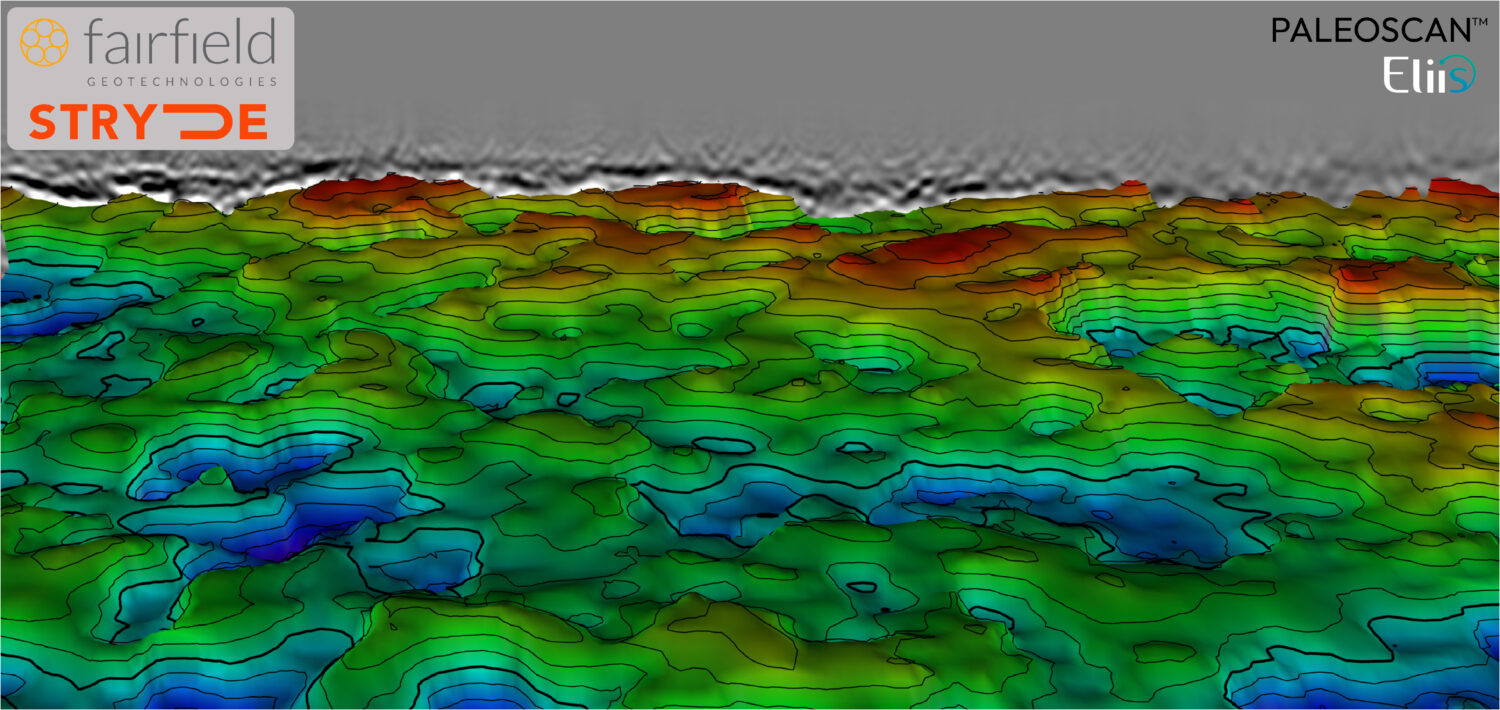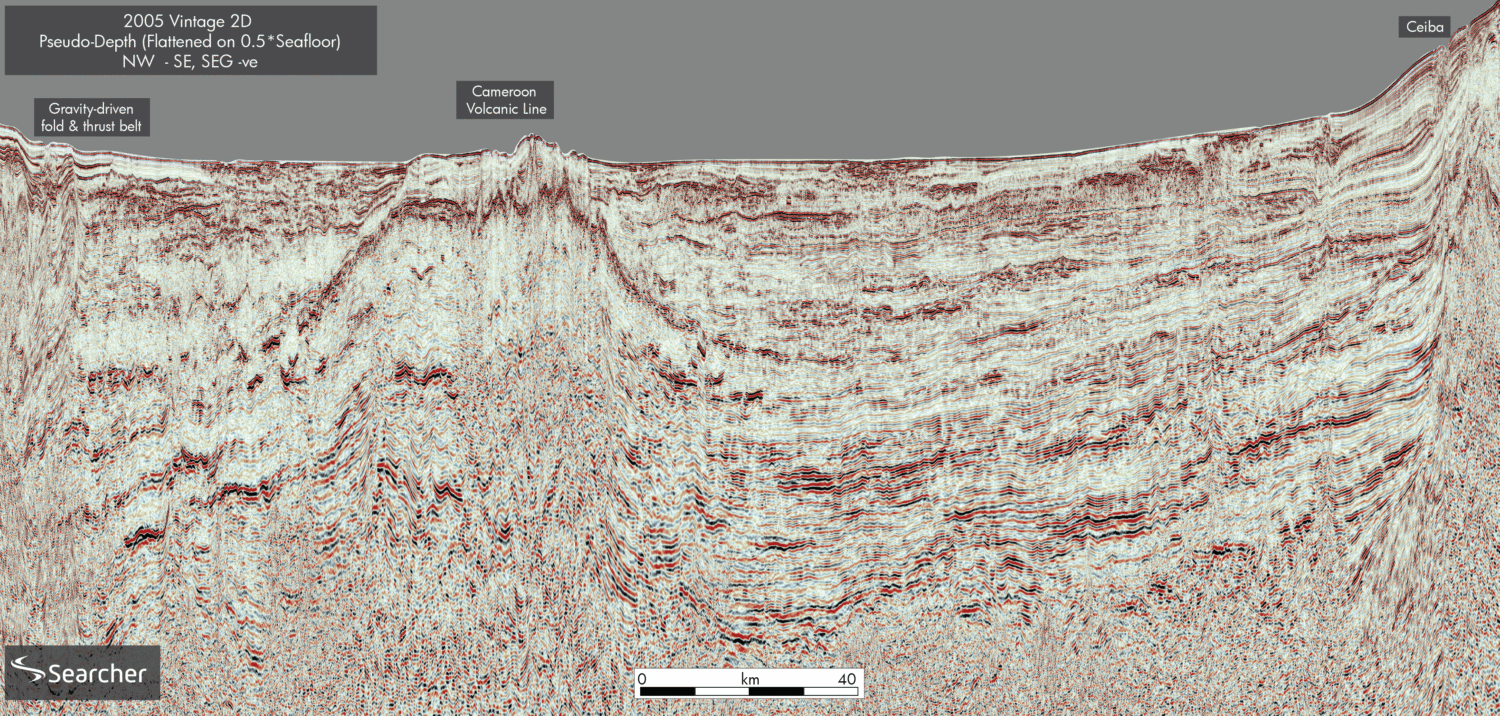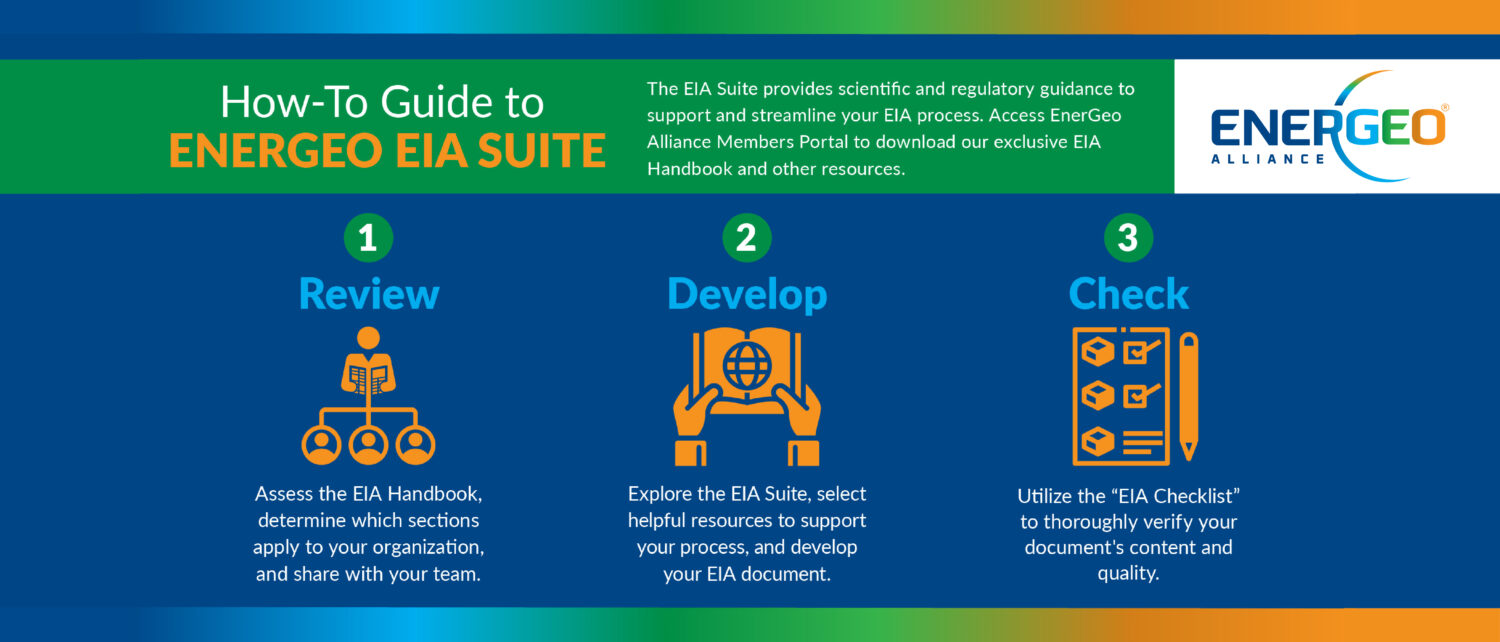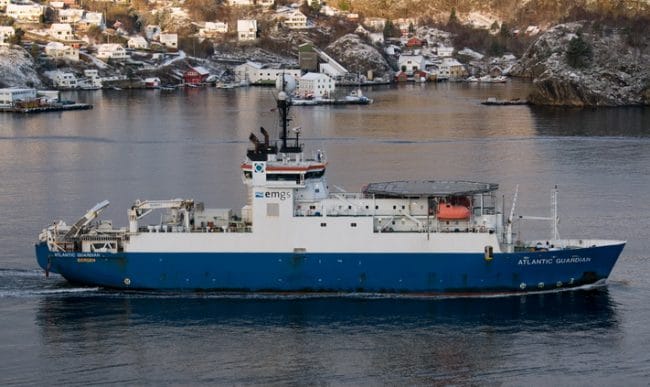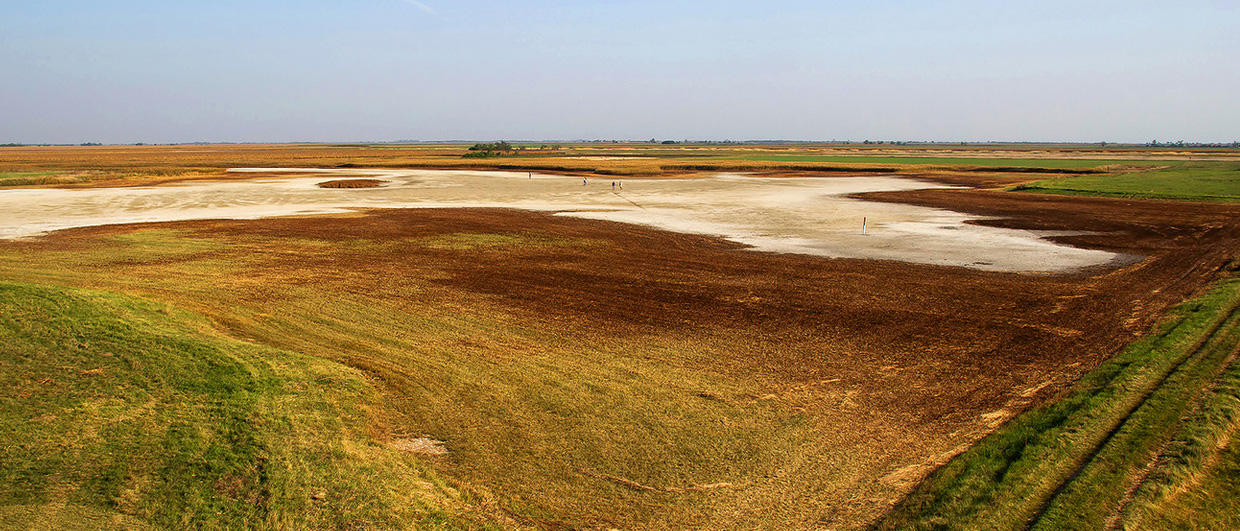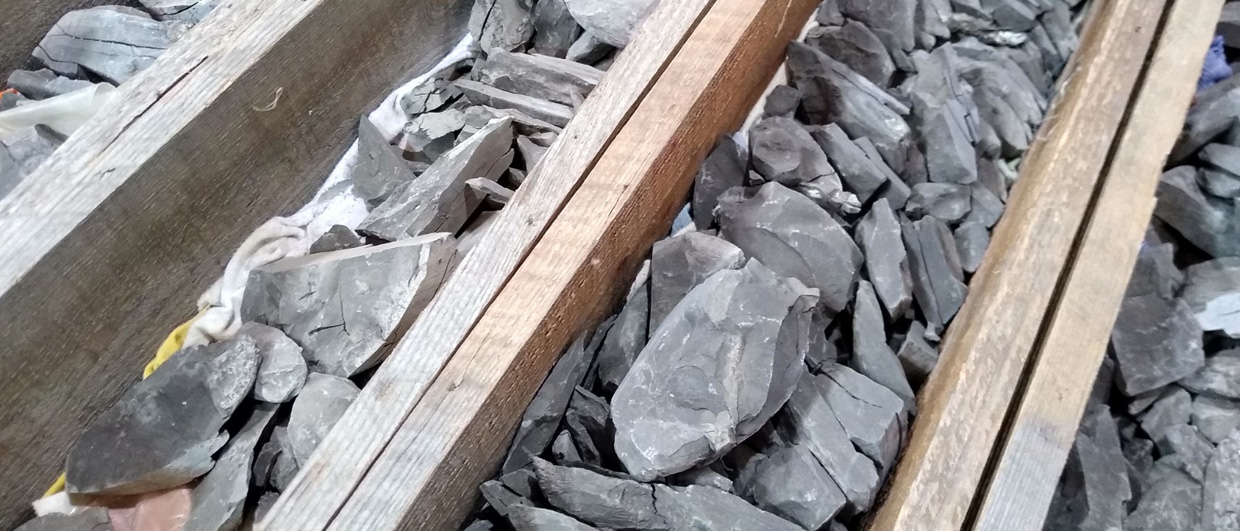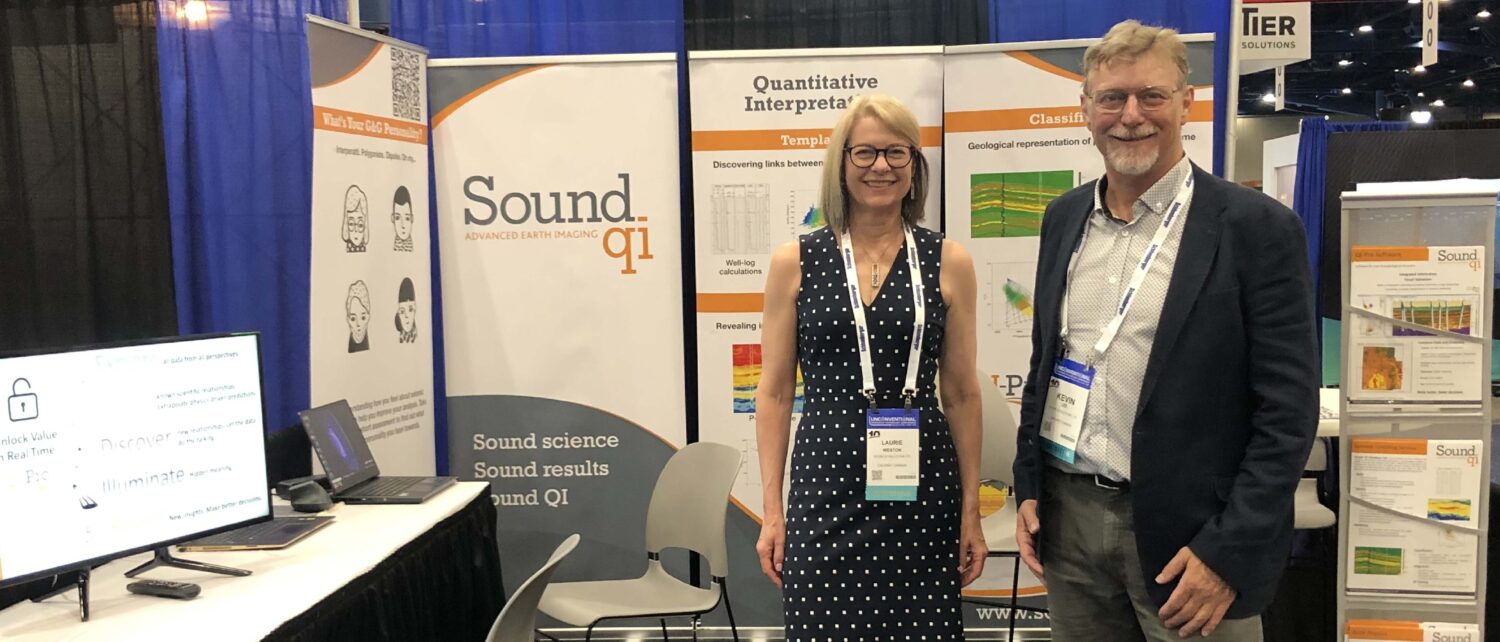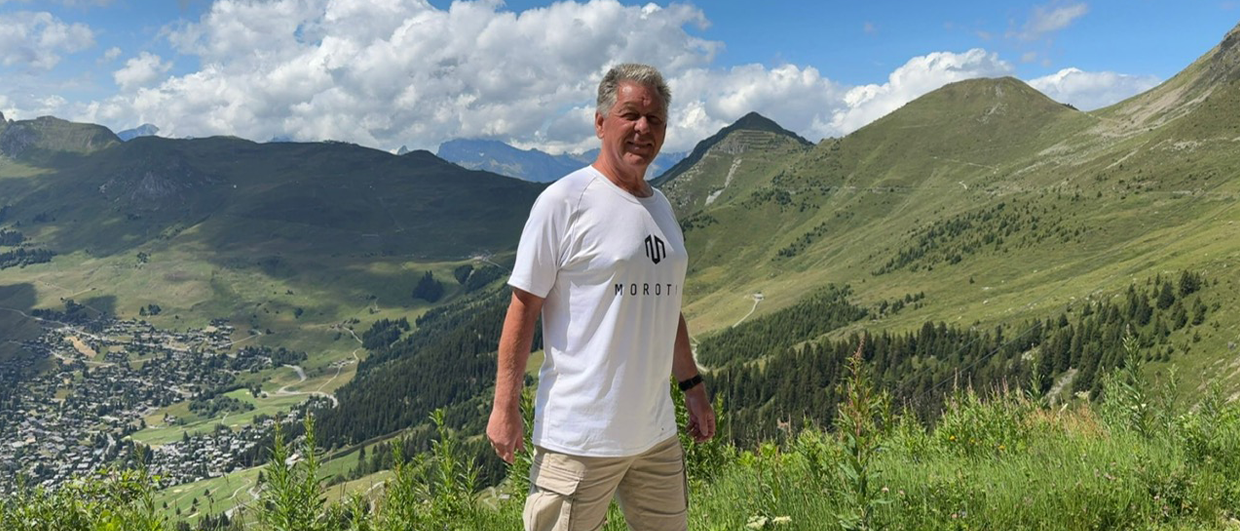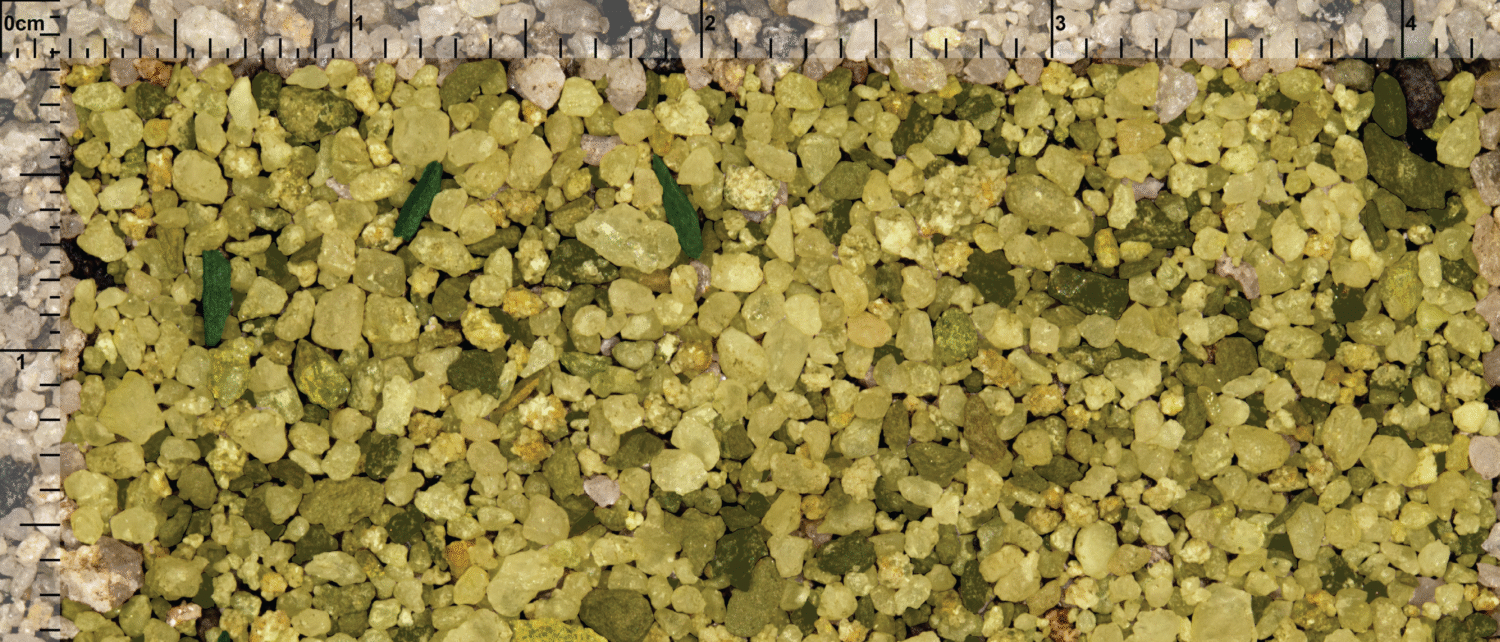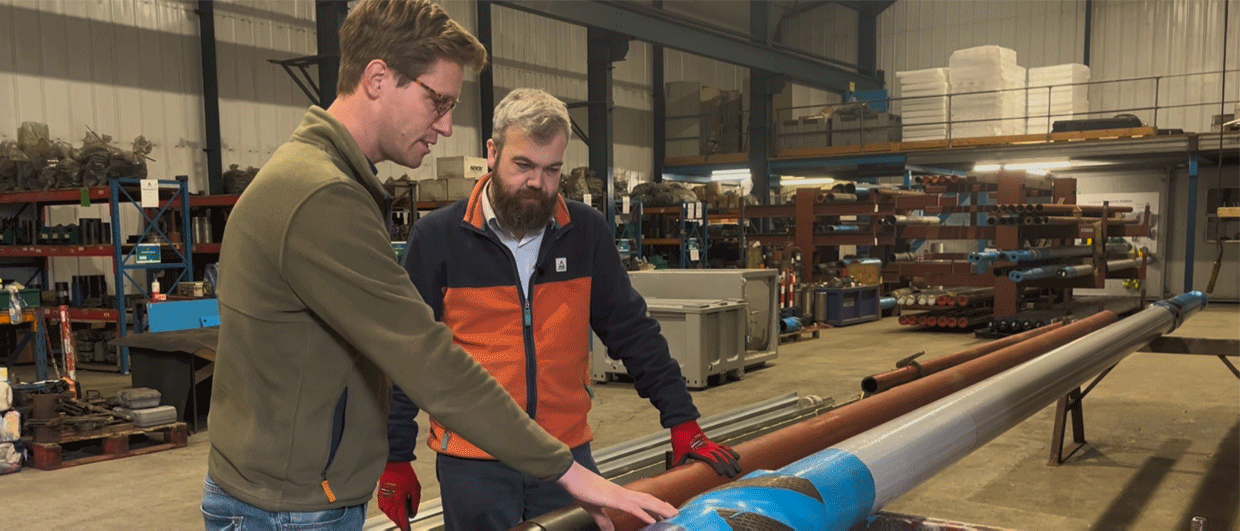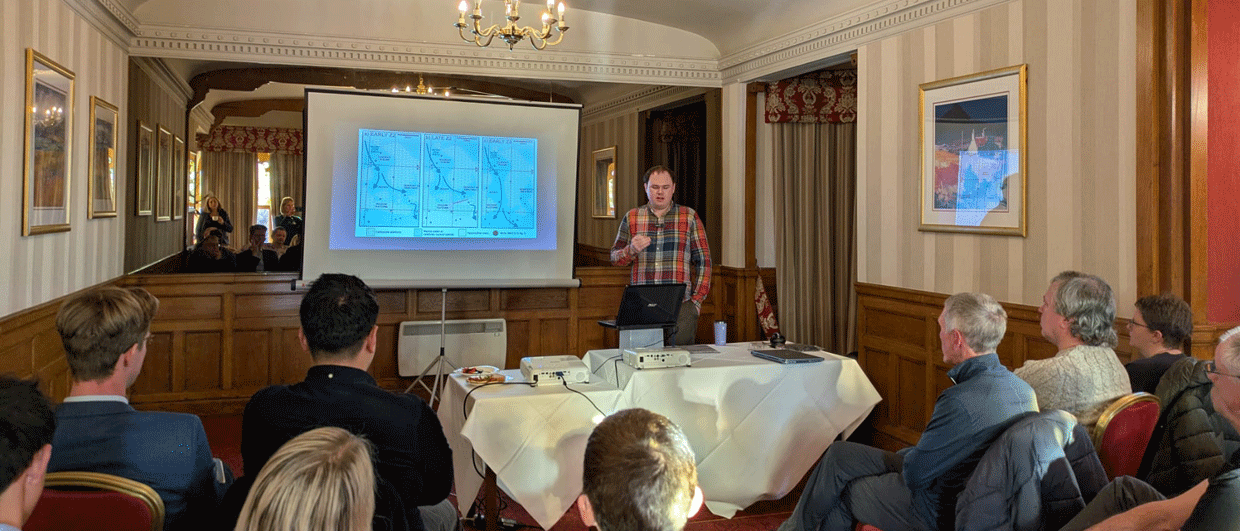Sponsors
Oil & Gas
The Gambia’s offshore acreage is hot again
New modelling study reveals a petroleum system overlying oceanic crust offshore Equatorial Guinea
Unlocking Egypt’s Western Desert: The next Eagle Ford?
Imaging prospective sedimentary strata offshore Equatorial Guinea
Why P10/P90 prospect ratios are meaningless without involving the geology
A sense of urgency
Energy Transition
Carbon Capture & Storage
Are the problems around the Gorgon CO2 storage project proof that CCS does not work?
How a sandbox model caused an epiphany
An under-communicated factor for CCS
Geothermal
Where the earth yawns
Denmark to embark on an innovative geothermal drilling project
When the ESP breaks down even before geothermal energy production has started
Seabed Minerals
Deep-sea mud trial extraction to begin in 2026
American company eyes seabed mineral opportunities in Norway
World’s first deep-sea mineral reserves declared
New Gas
A “monumental deposit” or an attempt to revive coal-seam gas exploitation?
Natural hydrogen exploration offshore Southern Cuba
Natural hydrogen: Is it here to stay or will the bubble burst?
Exploration Opportunities
Proper sampling of near-surface geologic complexity illuminates tight oil reservoirs in the Permian Basin
Imaging deep reservoirs in a complicated shallow overburden setting can be challenging. That’s what some operators in the Delaware Basin concluded in areas where the reservoirs lie beneath the Cenozoic sedimentary fill zone. The reasons are numerous. Wavefield scattering between the different formations creates artefacts in the seismic data, and salt dissolution and subsequent collapse of the overlying rocks caused a significant vertical offset in the sedimentary strata.
It is that combination of factors that resulted in the seismic resolution in a large part of the Delaware Basin being insufficient to properly map the deeper unconventional reservoirs of the Bone Spring and Wolfcamp formations. This caused companies to give up on the idea of using seismic data to play a role in development plans.
It is against that backdrop that Fairfield Geotechnologies, supported by four operating companies in the Delaware Basin, ran a high-trace-density seismic acquisition campaign to prove that, with the right trace-density setup, imaging the shallow structural complexity of the Rustler formation, as seen in the foldout, improves the resolution of the reservoir beneath.
Read more about how this was achieved in the article.
Harnessing AI-driven analytics for subsurface insights in East Coast Peninsular Malaysia
More on Exploration Opportunities

